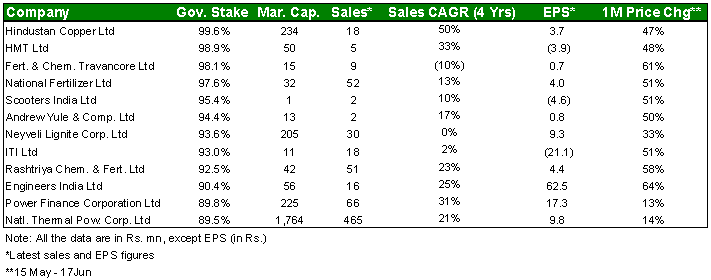Indian Stock market Information analysis advice tips and stock recommendations 4 common
Post on: 31 Март, 2015 No Comment

4 common strategies to build MF portfolio
MOST mutual fund investors end up investing in three-four schemes with the investment split between systematic investment plans (SIPs ) and lump sum. This means that while one has a portfolio of mutual funds -there is a hardly any strategy to manage that fund portfolio. Financial Chronicle talks about how to manage a mutual fund portfolio by walking through the most common strategies and discusses with experts each strategy’s pros and cons.
The first and most commonly used mutual fund strategy is one where the investor basically has no plan or structure: Blind strategy. This happens when the investment amount and funds, as well as goals, are not set. The investor blindly puts in money into three-four funds and expects big re turns. If you already have a plan, then adding money to the portfolio is really easy. But you see easy. But you see in this strategy, nothing is fixed, which is the reason why this strategy will have the least success.
The second most commonly used strategy is market timing, a rare ability to get into and out of sectors at the `right’ time. Investors believe this fund is the `hot’ fund right now. Even experts find it hard to time the market leave alone retail investors to be able to successfully do this.
Once people TMENT Once people burn their hands with the first two strategies, they adopt the third most common ploy: Buy and hold. Make no mistake about it, but this strategy has solid statistics to back it and it will make money most of the time.
This strategy is most popular because it is easy to employ and taxes and exit loads are minimum.
However, the biggest problem is the selection/choice of funds. How do you choose the fund that is re ally going to profit if you hold it for a long time? Selecting the right fund is an imperative to succeed. The fourth common mutual fund portfolio strategy looks at performance weighting. Here, you re-examine your portfolio mix from time to time and fine tune them by selling some of the funds that did the best to buy some of the funds that did the worst.
Let’s say you divided your investment sum in four parts with each fund having 25 per cent allocation.
After a year, performance may prompt tweaking the allocation to two funds having 70 per cent, while the other two have 30 per cent.
The problem is people do it too simplistically. One-year performances could be misleading if just three months have made all the difference. The worst-performing funds may be the ones that carry more risks and now you are putting more money into it.














